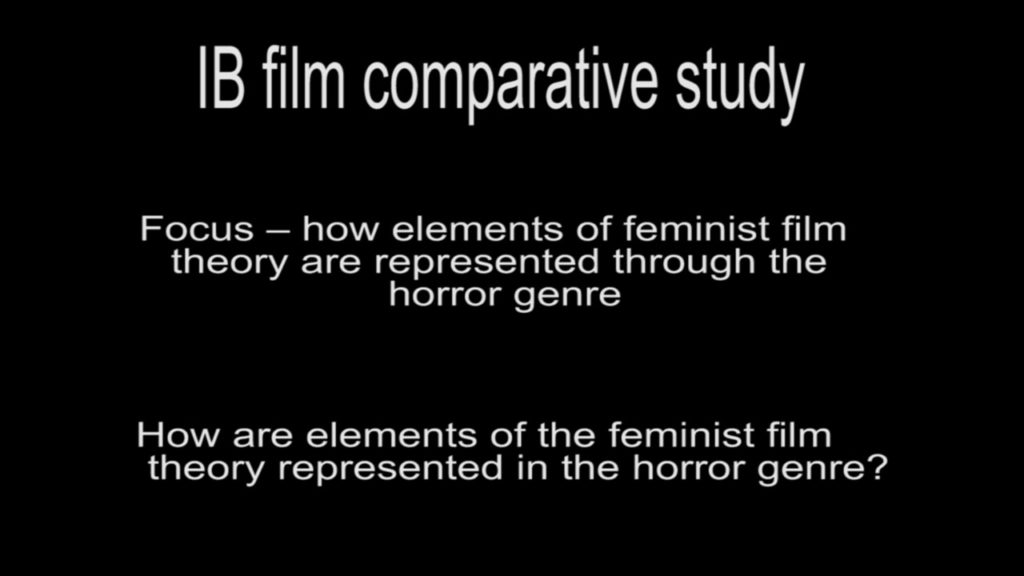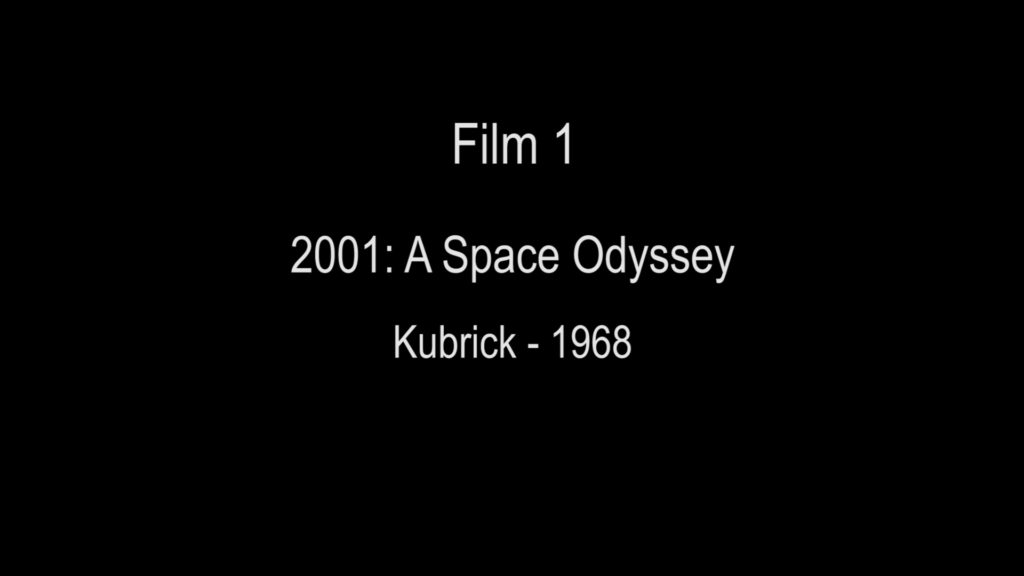Wikepedia
IMDB
Chris Jones Filmmaker Blog
Raiders of the Lost Ark and New Hope Films
YouTube – MovieClips Channel
Wikepedia
IMDB
Chris Jones Filmmaker Blog
Raiders of the Lost Ark and New Hope Films
YouTube – MovieClips Channel









Comparision Point Two: the reality of The War of the Worlds vs the hyperreality of The World’s End.
The clip from The War of the Worlds is when the main character – Clayton Forrester – first meets the aliens. This scene has a very serious tone to it, and there is a strong sense of verisimilitude that helps the audience believe that what they are watching could be real. it has very traditional elements of science-fiction, including the obvious alien invasion, and the set reflects the idea of a disaster. The clip from The World’s End, is the point in the film when the main characters come into contact with the aliens. Compared to the point of first contact from The War of the Worlds, it is presented as much more comical, with Oliver’s repeated phrase “WTF”, and the hyperrealistic way that the scene is presented with the fight sequence.
The scene from The War of the Worlds is the main fight against the Martians. It is presented seriously, and the audience can sympathise with the characters as what is happening seems quite believable. The film also uses stock footage from the war in some scenes, which again adds a sense of verisimilitude, and makes the action seem more serious and dangerous. The scene from The World’s End is one of the main fights that the main characters have against the invading aliens. Again, it is presented in a much more comical way than in The War of the Worlds, and it is clearly very rehearsed. The over-exaggerated actions of all the characters reflects the postmodern style of the film, and gives it a sense of hyperreality.
The opening scene to The War of the Worlds takes a modernist approach to science-fiction, as it explains the Martians in a very scientific way, focusing on details of all the planets in the solar system (except Venus). This relates to the fact that The War of the Worlds comes in the classic stage of science-fiction’s genre cycle, when the conventions are iconic and easily recognised by audiences. In comparison, The World’s End is much more postmodern, as
I will try to search for some main clips to use in the introduction of my comparative study to give a general background of the films. These should be easy to find, and since most films are mainstream, iconic and well-known: most scenes can be used to give a general gist of what both films are about.

After writing my essay script, i will search for the appropriate film clips to match the points that i am making. If there are some restricted, difficult to find or less popular scenes (so will not be uploaded) i will have to try and handbrake the entire film. This will allow me to be more picky and restrictive with the scenes because i will choose what i want to show and for how long. However, this can be difficult to edit and cut down the film to not only find my effective scenes but it will be time consuming in regards to the editing process especially if the scene is small and less than 30 seconds.
Introduction:
Initially identify the area of film focus and the question
Film introduction:
Introduce the two films with basic context and information such as directors and date of release
Point one:
Make a basic point of comparison between the two films. Typically start with a similar way feminism is represented through horror in both films. Use context to back up the idea, and state how it is represented in each film but compare the way it is shown
Point two:
Make another point to compare. To follow a basic structure, typically contrast next by identifying a difference in the way feminism is represented in horror. Use theorists and references to backup the point, explain how context would influence the difference.
Point three:
This can either be another similarity or difference. Typically will be concluding comparison point depending on the length of the comparison study so far. Use all aspects of context about both films to suggest a significant way the films are similar/differ.
Conclusion:
Give basic answer to question, reiterate by referencing most significant point mentioned.
An introduction to film studies, second edition: women and film by Jill Nelmes, page 276 – developing a counter-cinema
https://en.wikipedia.org/wiki/Dorothy_Arzner
https://en.wikipedia.org/wiki/Ida_Lupino
Men, Women, and Chainsaws: Gender in the Modern Horror Film, by Carol Clover
https://www.vox.com/2015/10/30/9645674/final-girls
https://theconversation.com/explainer-what-does-the-male-gaze-mean-and-what-about-a-female-gaze-52486
Essay: Women in the Horror Film – Ripley, the Alien & the Monstrous Feminine
https://en.wikipedia.org/wiki/Feminist_film_theory
https://www.thrillist.com/entertainment/nation/happy-death-day-ending-explained-director-christopher-landon
Cameron evolves Leone’s original formula to bring his own style to the table by using many of his own narrative traits to create a film what does differ in some aspects of Leone’s narrative. In TG,TB,TU the trio of main characters are following the normal characteristics of previous westerns however in T2 Cameron changes two of his trio’s characters to create a different dimension to the film as a whole. The use of a female main character allows a different interpretation and viewpoint what differs from Leone’s style of having a male dominant story, while lending to how Cameron tends to use strong, empowered female characters. While the idea of using non-human characters in his film adds to it with the T-800 who adds emotion despite being a machine. Leone on the other hand strays away from showing emotion. The T-800 brings emotion as Cameron want’s to use him as a another layer and connect all the characters more fluidly to show weakness unlike Leone who wants to have his characters be emotionless going more into the idea of being a anti-hero or heroine. Compare both trio’s the only similarity of both of them is the roles of those characters.
To what extent have modern science fiction films changed since the birth of the genre, shown with The War of the Worlds (dir. Byron Haskin, 1953) and The World’s End (dir. Edgar Wright, 2013)?
Introduction: Establishing the concept of genre and some of the conventions of science-fiction. Defining terms like modernism and postmodernism. Introducing the two films and their context, with brief summaries of the plots.
Comparison Point 1: The World’s End as a homage/pastiche of The War of the Worlds. References to intertextuality.
Comparison Point 2: The reality of The War of the Worlds vs the hyper-reality of The World’s End. The War of the Worlds has a sense of verisimilitude (despite the alien invasion). The World’s End lacks a sense of verisimilitude, as the characters behave in very exaggerated ways and the film includes many stereotypes – for example the design of the pubs.
Comparison Point 3: The World’s End as a commodity, due to the stars in the film and the fact that it is part of a trilogy. The War of the Worlds is more traditional as it aims to tell the story.
Conclusion: Summarising the main points